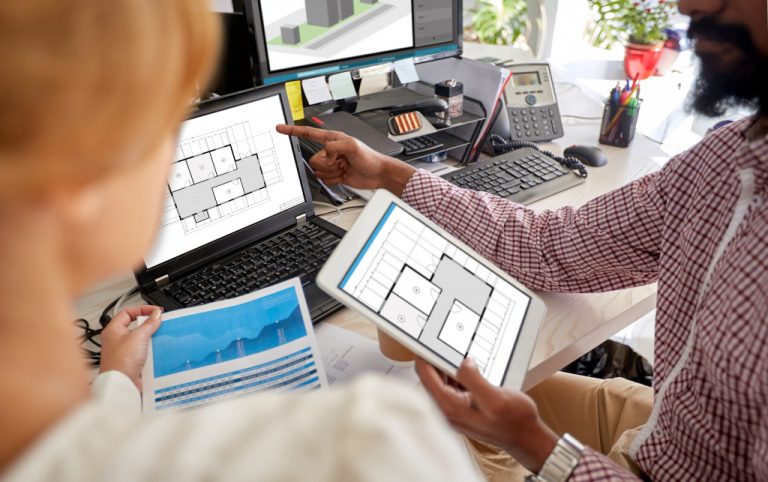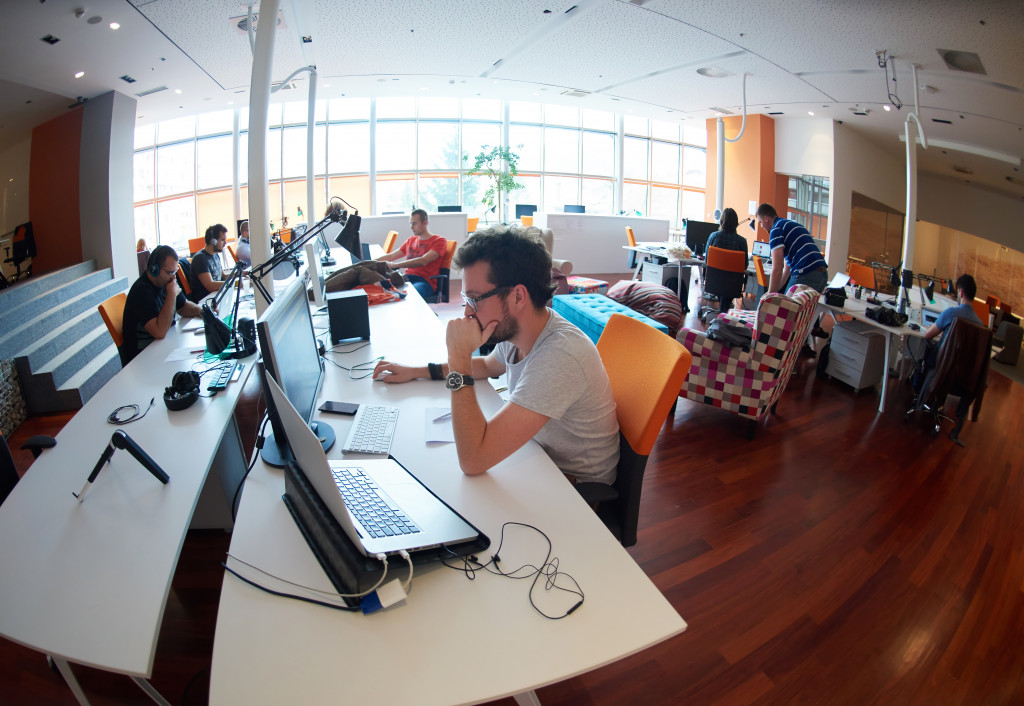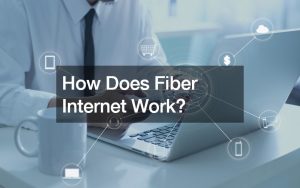- Speech recognition technology allows people with mobility or dexterity impairments to dictate text without relying on a keyboard.
- Video Remote Interpreting (VRI) enables two-way communication for people with hearing impairments.
- Wearable devices can aid users with visual or auditory impairments by reading emails, displaying alerts, and navigating with greater ease.
- Eye-tracking technology increases productivity for users with limited mobility by allowing them to control their computers through their eye movements.
- Virtual reality can help simulate different challenges in the workplace and provide training for people with disabilities.
Innovation has played a significant role in modernizing businesses, but it has also been crucial in creating more inclusive and accessible workplaces. Technology has brought many conveniences and benefits that have been utilized by many professionals to create a more dynamic and efficient work environment. And it’s no different for people with disabilities. This blog will introduce you to innovative technologies that can help boost accessibility and productivity for workers with disabilities.
Speech Recognition Technology
For people with mobility or dexterity impairments, speech recognition technology has been a game-changer. This technology allows people to dictate text by speaking to their computer or mobile devices, meaning they can type emails, create notes, write documents, and more without relying on a keyboard. Speech recognition technology is hugely beneficial for people with physical limitations. It allows them to work more efficiently than they would have otherwise.
Video Remote Interpreting (VRI)
Another fantastic technology helping to make workplaces more accessible is Video Remote Interpreting (VRI) for the deaf or hard of hearing. This technology uses video streaming and audio technologies to enable two-way communication between a remote interpreter and an individual or group of individuals in different locations. Using this type of service, people with hearing limitations can communicate effectively with coworkers, employers, and other stakeholders without relying on a third party to interpret for them.
Wearable Devices

Wearable devices are quickly becoming popular in the workplace and are beneficial for people with visual or auditory impairments. These devices can be linked with software that can read out messages and emails, display alerts, and navigate them with greater ease.
Some very efficient devices are now available to help people with mobility, auditory, and visual impairment work more easily. For instance, some watches can read out messages and emails, a hearing aid that can be linked to a smartphone and used as stereo headphones, and much more.
Eye-tracking Technology
Eye-tracking technology benefits people with limited mobility who use a wheelchair or cannot move their arms and hands easily.Eye-tracking software allows users to control their computers through their eye movements.
For instance, users can move the cursor, scroll pages, or click on specific items that are visible on their screen. And since this technology is highly accurate, it also increases productivity for users with disabilities that require it.
Virtual Reality
Virtual reality is an innovative technology that has been quickly popularized in many industries and applications globally. It is also an excellent tool for creating inclusive and accessible workspaces.
Virtual reality can be used to help simulate different challenges in the workplace and provide training for people with disabilities. For instance, people confined to a wheelchair may use virtual reality to simulate difficult pathways, hazards, and other challenges encountered in a particular workplace.
Smart Technologies
Smart technologies are becoming increasingly popular as they offer many convenient features to help people with disabilities. There are plenty of smart technologies that your business can benefit from, but these four are the best ones you should consider investing in:
Smart Assistive Technology
This technology can help people with physical impairments control their computers and perform multiple tasks.
Voice Recognition Software

This software allows users to control their computer applications using voice commands, making it an excellent tool for people with limited mobility.
Intelligent Tracking Systems
These systems use sensors to track the movements and activities of people with disabilities, allowing them to work more efficiently.
Smart Environments
Smart environments can be used to create an accessible working environment for people with cognitive impairments or other challenges. It provides a safe space for workers to focus on tasks without distractions.
By investing in smart technology, you can create an environment that is more inclusive and accessible for everyone, regardless of physical or cognitive limitations.
Many innovative technologies can help make the workplace more accessible and inclusive for people with disabilities. From speech recognition technology to smart environment designs, these solutions allow employees with physical or cognitive impairments to work efficiently and productively.
Investing in such technologies is beneficial from an economic standpoint. It helps create a welcoming and supportive atmosphere where everyone feels respected and valued regardless of disability. If you want your business to be successful in today’s competitive marketplace, embracing accessibility should be at the top of your priority list.












